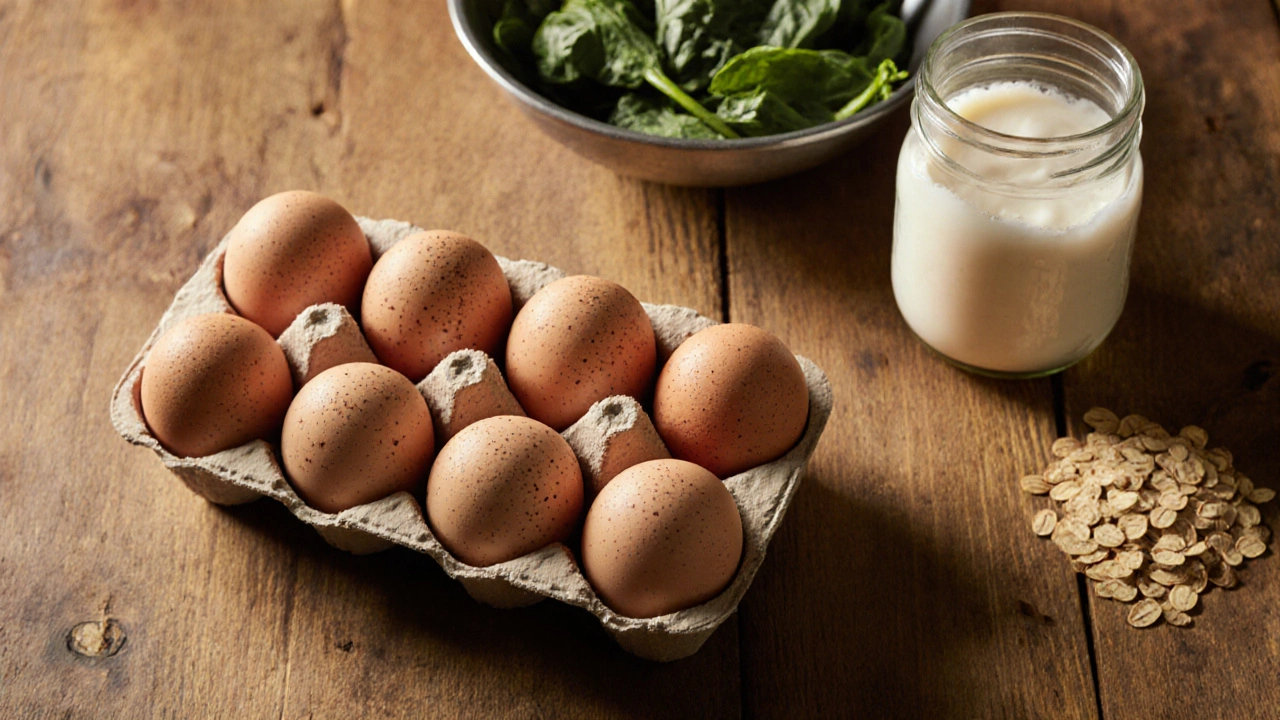nutrient dense food
When you start looking at nutrient dense food, foods that pack a high concentration of vitamins, minerals, antioxidants, and other beneficial compounds per calorie. Also known as nutrient‑rich foods, it serves as the foundation for a diet that fuels your body and keeps you feeling full longer. Think of it as the difference between a handful of raw almonds versus a bag of chips – both have calories, but only one delivers lasting nourishment. This tag pulls together articles that explain why certain foods earn the “dense” badge, how they fit into everyday meals, and what pitfalls to avoid when chasing nutrition goals.
Key Food Groups that Boost Nutrient Density
One major sub‑category is superfoods, ingredients like kale, quinoa, and blueberries that offer a high amount of nutrients relative to their calorie load. Superfoods are often highlighted because they bring a cocktail of antioxidants and phytonutrients that support heart health and immunity. Another pillar is high‑protein foods, sources such as lean meats, legumes, and Greek yogurt that supply essential amino acids for muscle repair and satiety. Pairing protein with fiber‑rich superfoods creates meals that stay energizing for hours. We also examine the role of processed foods, items that have been altered by refining, adding preservatives, or stripping natural nutrients. While convenient, they often dilute the overall nutrient density of a diet, making it harder to hit daily micronutrient targets. On the flip side, many readers wonder if going gluten‑free, a dietary approach that eliminates wheat, barley, and rye, can still be nutrient dense. The answer is yes, as long as you replace those grains with whole‑food alternatives like buckwheat, millet, or sorghum, which bring their own set of vitamins and minerals. Finally, mood‑boosting foods—think oily fish, nuts, and dark chocolate—show up in a few posts because they link nutrient density with mental well‑being, proving that good nutrition fuels both body and mind.
All this information builds a clear picture: nutrient dense food isn’t a single ingredient but a combination of smart choices that include superfoods, high‑protein options, and mindful avoidance of overly processed items. Below you’ll find a mix of practical tips, science‑backed explanations, and recipe ideas that show how to layer these concepts into real meals. Dive into the articles to see which foods can upgrade your plate, how to balance protein and fiber, and what simple swaps keep your diet both tasty and nutrient rich.
Best Everyday Food: The One Superfood You Can Eat Daily


